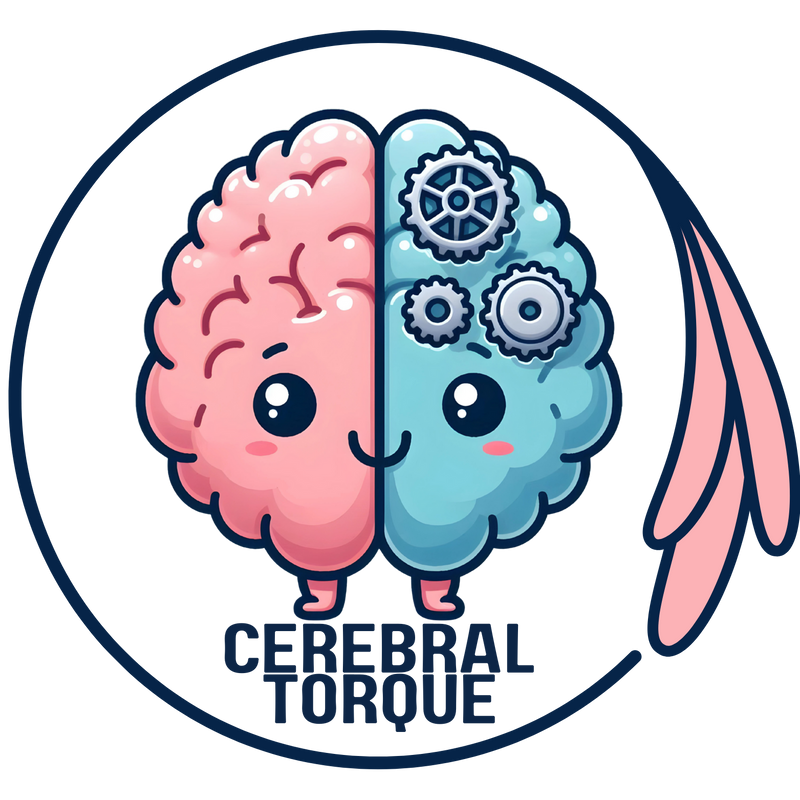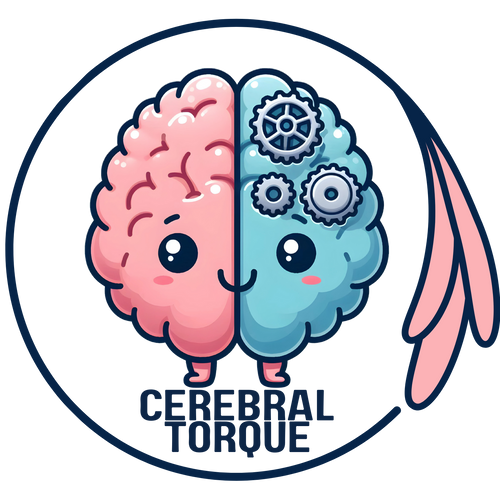CGRP Monoclonal Antibody (mAb) Adverse Events Chart
Posted on June 27 2025,
CGRP Monoclonal Antibodies (Injectable): Side Effects Guide
What Are CGRP Monoclonal Antibodies?
CGRP monoclonal antibodies (mAbs) are injectable medications that prevent migraine attacks by blocking the CGRP pathway. Unlike gepants (oral/nasal medications), these are given as monthly or quarterly injections.
The four FDA-approved CGRP mAbs are: Aimovig (erenumab), Ajovy (fremanezumab), Emgality (galcanezumab), and Vyepti (eptinezumab). Three are given by subcutaneous injection (under the skin), while Vyepti is given intravenously.
This guide helps you understand potential side effects based on real-world data from over 65,000 patient reports. Every person responds differently to medications. Always discuss any concerns with your healthcare provider.
Erenumab
Fremanezumab
Galcanezumab
Eptinezumab
How to Read This Table
This table compares side effects for CGRP monoclonal antibodies based on real-world data from FDA reports and published studies analyzing over 58,000 patient cases.
Remember: Most people tolerate these medications well. Side effects, when they occur, are often mild and manageable. The benefits of migraine prevention often outweigh the risks for many patients.
| Adverse Event Category | Erenumab (Aimovig) | Fremanezumab (Ajovy) | Galcanezumab (Emgality) | Eptinezumab (Vyepti) |
|---|---|---|---|---|
| Injection/Infusion Site Reactions | - Very common (30-40% of patients) - Injection site pain (14.1%) - Injection site erythema (2.7%) - Injection site bruising (3.3%) - Usually mild and temporary |
- Most common side effect - Injection site pain (13.1%) - Injection site erythema (7.0%) - Injection site pruritus (5.5%) - Injection site swelling (4.5%) |
- Highest rate among all mAbs - Injection site pain (24.4%) - Injection site erythema (5.4%) - Injection site reactions (59.8% of all AEs) - Generally mild and resolve quickly |
- Infusion-related reactions rare (7.8%) - Different profile due to IV route - No injection site issues - Occasional IV site discomfort |
| Gastrointestinal | - Constipation most common (17.9%) - Strongest signal among all mAbs - Abdominal distension (1.1%) - FDA warning for constipation - Can be severe in some cases |
- Constipation (2.7%) - Less prominent than erenumab - Nausea occasionally reported - Generally mild symptoms |
- Constipation (3.0%) - Weight gain (3.2%) - Nausea less common - Mild GI effects overall |
- Minimal GI side effects - Constipation (2.9%) - Different profile due to IV route - Nausea (5.0%) |
| Skin and Hair | - Alopecia (hair loss) 7.2% - Highest severity among mAbs - Pruritus (itching) - Rash and urticaria |
- Alopecia (3.1%) - Pruritus (3.7%) - Rash (3.2%) - Urticaria (2.2%) |
- Alopecia (3.5%) - Similar skin reactions - Pruritus (2.3%) - Generally mild |
- Minimal skin/hair effects - Pruritus (8.2%) - No significant alopecia signal - Different systemic exposure |
| Cardiovascular | - Palpitations (1.5%) - Raynaud's phenomenon signal - Hypertension reports - Rare: coronary artery dissection |
- Palpitations (1.4%) - Raynaud's phenomenon - Peripheral coldness - Chest pain (0.9%) |
- Similar cardiovascular profile - Palpitations (0.7%) - Raynaud's phenomenon - Generally well-tolerated |
- Minimal cardiovascular signals - No Raynaud's reports - Different safety profile - Hypertension post-marketing |
| Neurological & Psychiatric | - Feeling abnormal (3.4%) - Anxiety (2.8%) - Depression (2.1%) - Insomnia (2.4%) - Hypoaesthesia (1.6%) |
- Feeling abnormal (2.2%) - Anxiety (2.1%) - Insomnia (1.6%) - Generally mild effects |
- Similar neurological profile - Anxiety (2.3%) - Feeling abnormal (2.1%) - Memory impairment reports |
- Fatigue most common (13.5%) - Feeling abnormal (5.6%) - Less mood/sleep impact - Different CNS exposure |
| Musculoskeletal | - Muscle spasms (3.9%) - Myalgia (2.0%) - Arthralgia - Muscle tightness reports |
- Arthralgia (2.5%) - Myalgia (1.1%) - Less prominent |
- Similar to others - Arthralgia (2.0%) - Myalgia (0.9%) |
- Minimal muscle effects - Different systemic profile |
| Respiratory (Eptinezumab) | - Not significant | - Not significant | - Not significant | - Throat irritation (9.0%) - Nasal congestion (7.5%) - Upper respiratory symptoms - Unique to IV administration |
| Hypersensitivity/Allergic | - All four mAbs carry warnings for hypersensitivity and anaphylactic reactions - Fremanezumab: Hypersensitivity (1.9%), Anaphylactic reaction (0.3%) - Galcanezumab: Hypersensitivity (1.3%), Anaphylactic reaction (0.2%) - Eptinezumab: Hypersensitivity (2.2%), Anaphylactic reaction (0.5%) - Immediate medical attention required for severe reactions |
|||
Important Safety Information
- Injection Site Reactions: Very common with subcutaneous mAbs. Usually mild but can include pain, redness, swelling, and bruising. Rotate injection sites to minimize reactions. Read more on this and how to manage Injection site reactions here.
- Constipation (especially Aimovig/Erenumab): Can be severe and persistent. Stay hydrated, maintain fiber intake, and contact your doctor if constipation lasts more than a week.
- Hair Loss (Alopecia): Reported with all subcutaneous mAbs, highest with erenumab (7.2%). May occur months after starting treatment.
- Raynaud's Phenomenon: Fingers/toes turning white or blue, especially in cold. Reported with subcutaneous mAbs. Monitor and report to your doctor.
- Allergic Reactions: All mAbs can cause hypersensitivity reactions including anaphylaxis. Seek immediate medical attention for severe reactions.
- Cardiovascular Effects: Palpitations and blood pressure changes reported. Regular monitoring recommended for at-risk patients.
When to Contact Your Healthcare Provider
Call your doctor if you experience:
- Severe or persistent constipation (especially with Aimovig/erenumab)
- Significant hair loss or thinning
- Fingers or toes that turn white, blue, or feel numb/painful (Raynaud's)
- Persistent injection site reactions that worsen or don't improve
- Heart palpitations or irregular heartbeat
- Signs of allergic reaction (rash, itching, swelling)
- Unexplained weight gain
- Mood changes, anxiety, or depression
- Persistent fatigue or weakness
- Upper respiratory symptoms (with Vyepti/eptinezumab)
- Any side effect that concerns you or affects your daily life
Emergency Situations - Call 911 or Go to ER/A&E
Difficulty breathing • Facial/throat swelling • Severe chest pain • Signs of severe allergic reaction
Data sources: FDA Adverse Event Reporting System (FAERS) database through 2023, analyzing 65,792 reports (38,515 erenumab, 19,485 galcanezumab, 5,332 fremanezumab, 2,460 eptinezumab). Enhanced with published real-world studies and post-marketing surveillance data.
Key studies: Wang et al. (2024) | Sun et al. (2024)
Disclaimer: This information is for educational purposes only and should not replace professional medical advice. Always consult your healthcare provider about your specific situation and any questions about your medications.
Mon, Nov 17, 25
Migraine Research - During the week of my absence.
Migraine Research - During the week of my absence. The Association Between Insomnia and Migraine Disability and Quality of Life This study examined how insomnia severity relates to migraine disability...
Read MoreSat, Nov 01, 25
Anti-CGRP Monoclonal Antibody Migraine Treatment: Super-Responders and Absolute Responders and When to Expect Results
Anti-CGRP monoclonal antibodies achieved 70% super-response and 23% complete migraine freedom in a one-year study. Most dramatic improvements occurred after 6 months of treatment. For patients with chronic or high-frequency...
Read MoreAll Non-Invasive Neuromodulation Devices for Migraine Treatment
Wondering if migraine devices actually work? This guide breaks down the latest evidence on non-invasive neuromodulation devices like Cefaly, Nerivio, and gammaCore. Learn which devices have solid research backing them,...
Read More



